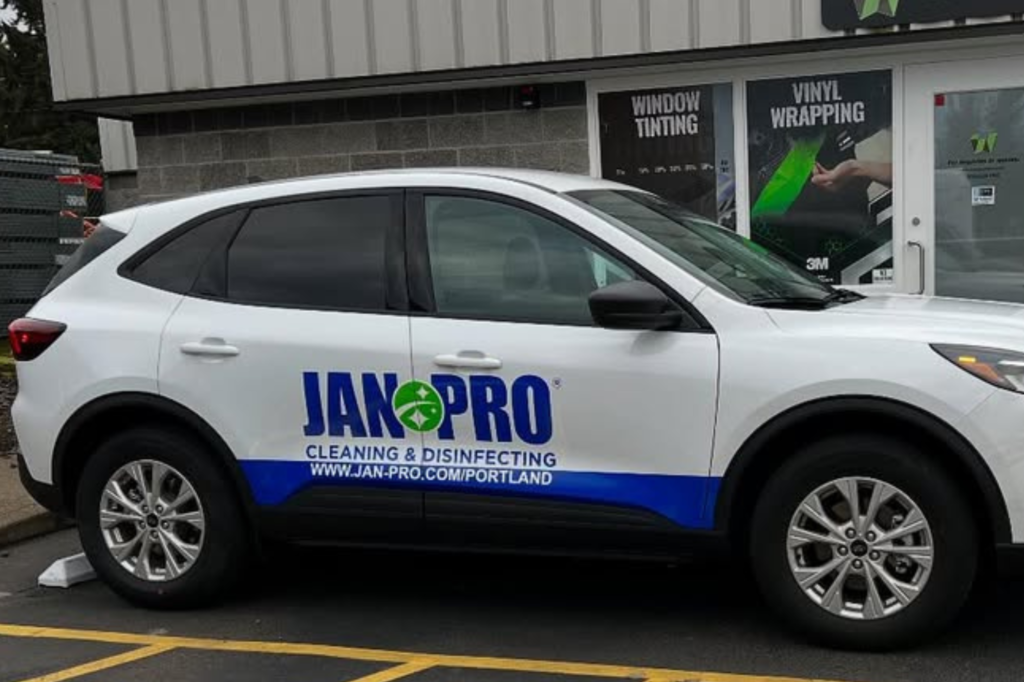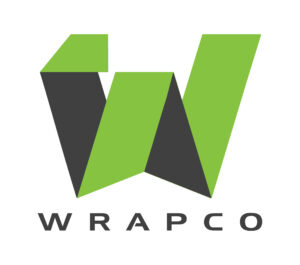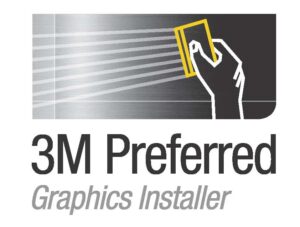Your business signs and graphics might fade or peel faster due to various factors such as UV radiation, poor material quality, harsh weather conditions, improper installation, and inadequate maintenance. Understanding these elements can help you take the necessary steps to prolong the lifespan of your signage and maintain a professional appearance for your business.
Key Takeaways:
- Non-UV-resistant materials degrade quickly under sunlight, causing rapid fading of business signs.
- Poor-quality vinyl and adhesives lead to cracking and peeling under environmental stressors.
- Inadequate surface preparation and mismatched adhesives result in premature sign detachment.
- Extreme weather conditions, like moisture and temperature changes, cause material damage and warping.
- Lack of regular maintenance and cleaning accelerates wear and adhesive failure in signage.
Impact of Sun Exposure
When exposed to the sun, signage materials can experience considerable degradation due to ultraviolet (UV) radiation. You might notice that business signs fade more rapidly in direct sunlight because UV rays break down the chemical bonds in inks and materials, leading to color fading and material weakening. This is especially problematic for outdoor signs that lack UV-resistant coatings, as prolonged exposure drastically reduces their lifespan and effectiveness.
To mitigate this, investing in UV-resistant commercial graphics installations is vital. These signs incorporate specialized coatings or films that absorb or reflect UV radiation, considerably decreasing the rate at which materials deteriorate. Additionally, positioning signage in shaded areas or using protective barriers can enhance longevity and maintain your brand’s visibility.
Weather Conditions
Even though outdoor signs are designed to withstand various elements, weather conditions significantly impact their durability. Commercial graphics are frequently exposed to rain, wind, and extreme temperatures, all of which contribute to damage. Rain and moisture can seep into seams or edges, causing peeling or delamination. Strong winds exert pressure on sign structures, loosening adhesive bonds and damaging materials. Temperature fluctuations make materials brittle in cold weather, while heat causes thermal expansion, warping substrates and weakening adhesives.
Selecting weather-resistant signage materials tailored to your local climate ensures that your signs withstand temperature variations without compromising performance.
Material Quality
The quality of materials used in graphics installations plays a crucial role in their longevity. Low-grade vinyl, poor adhesives, and inferior protective coatings contribute to premature degradation. High-quality UV-resistant vinyl ensures durability, maintains vibrant colors, and prevents cracking or peeling.
Adhesive quality is another important factor, as a mismatch between adhesives and surfaces results in weak bonding, leading to peeling under changing temperatures. Protective coatings are also essential; without laminates or UV-blocking films, signage becomes vulnerable to sun exposure and moisture damage.
Investing in superior materials minimizes replacement costs and enhances brand visibility, ensuring your business signage remains effective over time.

Installation Errors
Proper installation is essential for long-lasting business signs. Common sign installation mistakes include inadequate surface preparation, incorrect adhesion techniques, and poor alignment. Dirt, grease, or moisture on the installation surface can lead to premature peeling. Using the wrong adhesives or applying them in high humidity or extreme temperatures weakens bonding. Uneven installation can cause stress on the material, resulting in warping or tearing over time.
To avoid these issues, collaborating with experienced professionals in commercial graphics installations Portland, OR, ensures correct installation techniques and material compatibility, ultimately extending the lifespan of your signs.
Maintenance Practices
Maintaining your business signs is just as crucial as proper installation. Regular sign maintenance involves routine cleaning with mild, non-abrasive agents to prevent dirt buildup and fading. Inspecting signage periodically for damage or wear helps address issues before they worsen. Avoiding harsh chemicals is essential, as strong cleaning agents can strip protective coatings, accelerating material degradation.
Implementing a scheduled maintenance routine ensures the longevity of your signage and prevents costly replacements.
Design Considerations
Effective signage design goes beyond aesthetics; it directly impacts longevity and performance. Selecting UV-resistant colors helps reduce fading and maintain vibrancy. Typography choices should prioritize readability to ensure the message remains clear and impactful. Structural considerations such as aerodynamic shapes and reinforced materials improve durability in high-wind areas.
Even the best-designed signs can fail due to sign installation mistakes like improper adhesive selection or insufficient surface preparation. Working with professionals ensures proper placement and installation, maximizing the lifespan of your commercial graphics.
In Summary
To ensure your business signs and commercial graphics remain vibrant and effective, WrapCo recommends prioritizing high-quality materials, professional installation, and regular maintenance. Using UV-resistant coatings and weather-resistant materials helps prevent fading, peeling, and damage, while proper installation techniques ensure durability. By addressing these factors, your signage will effectively represent your brand, attract customers, and provide long-term value.

